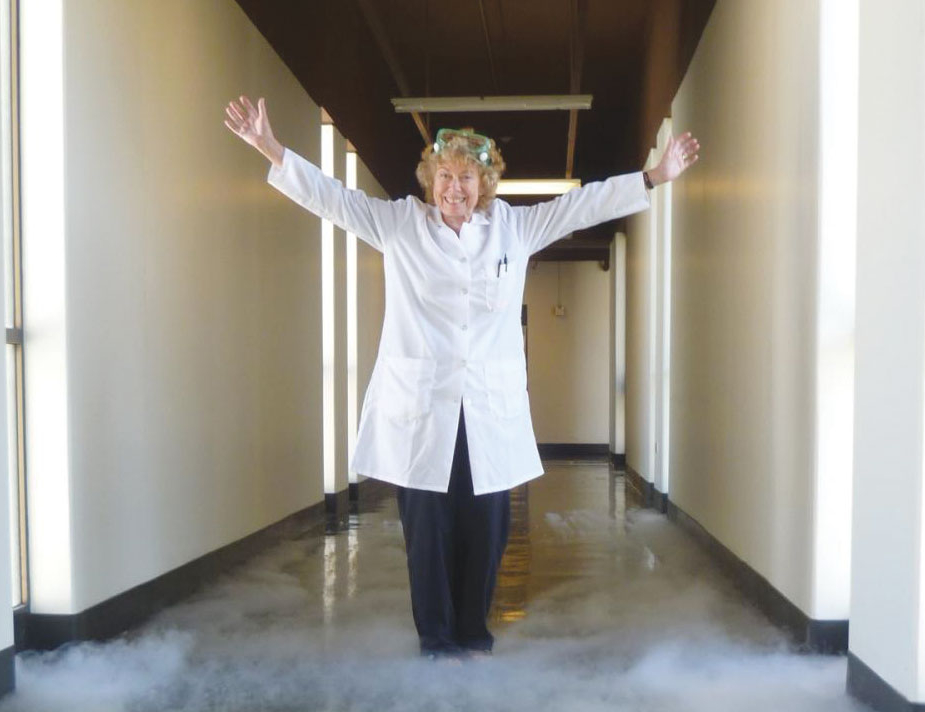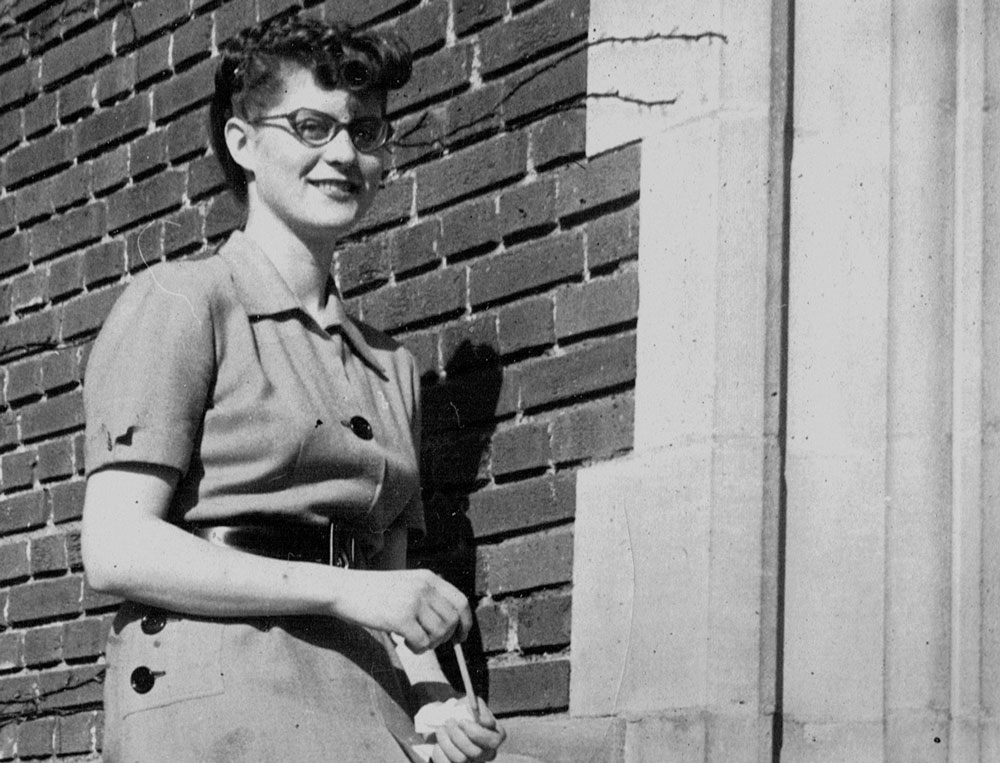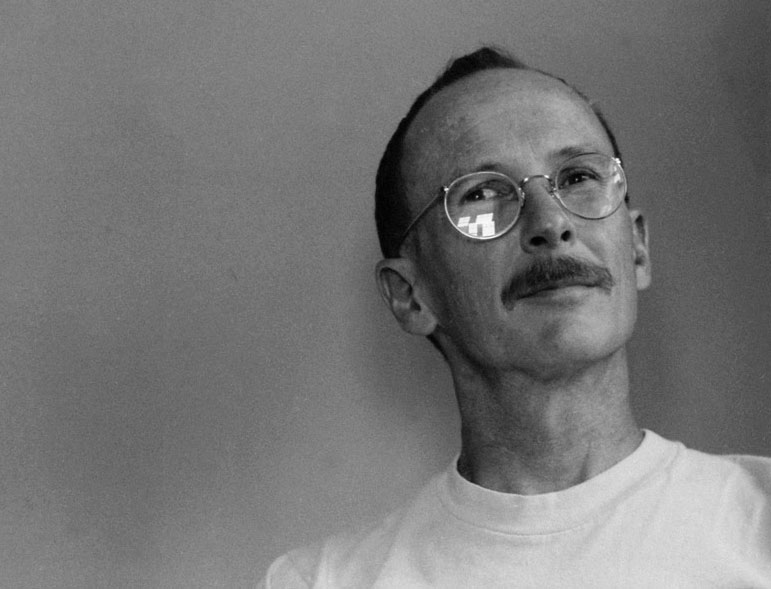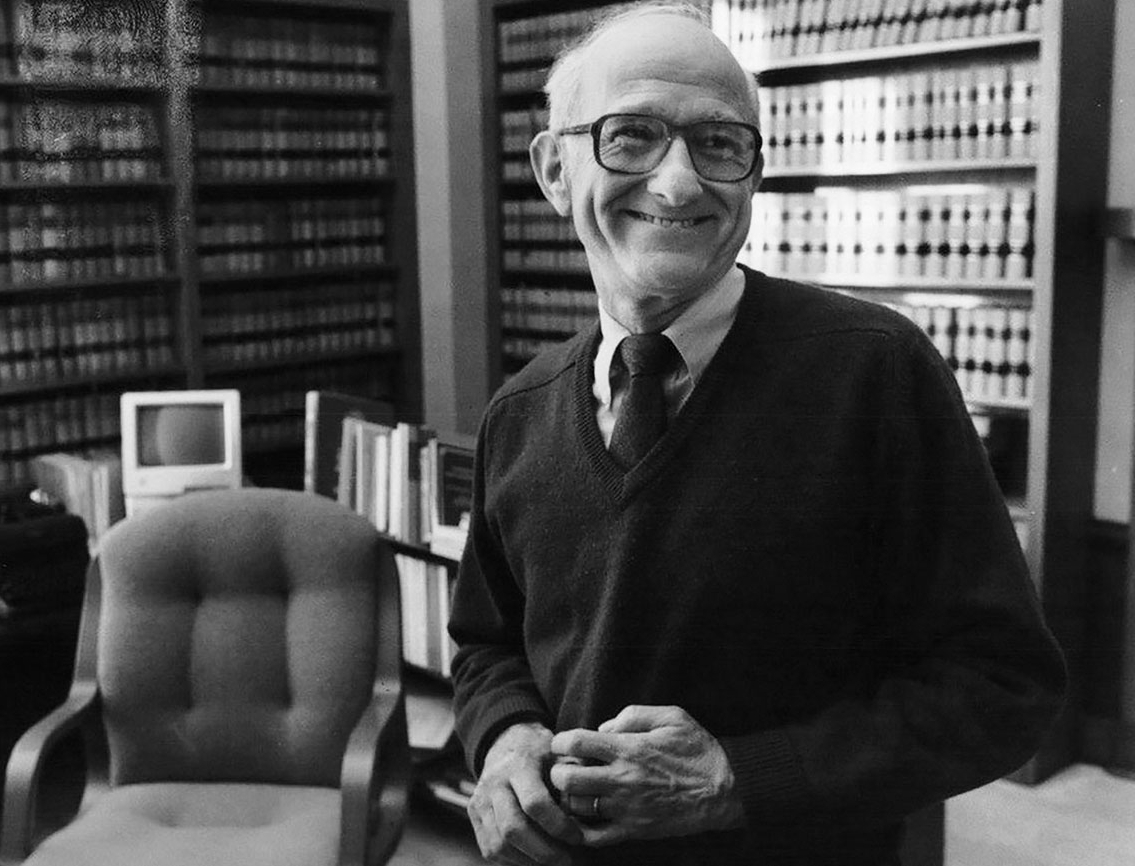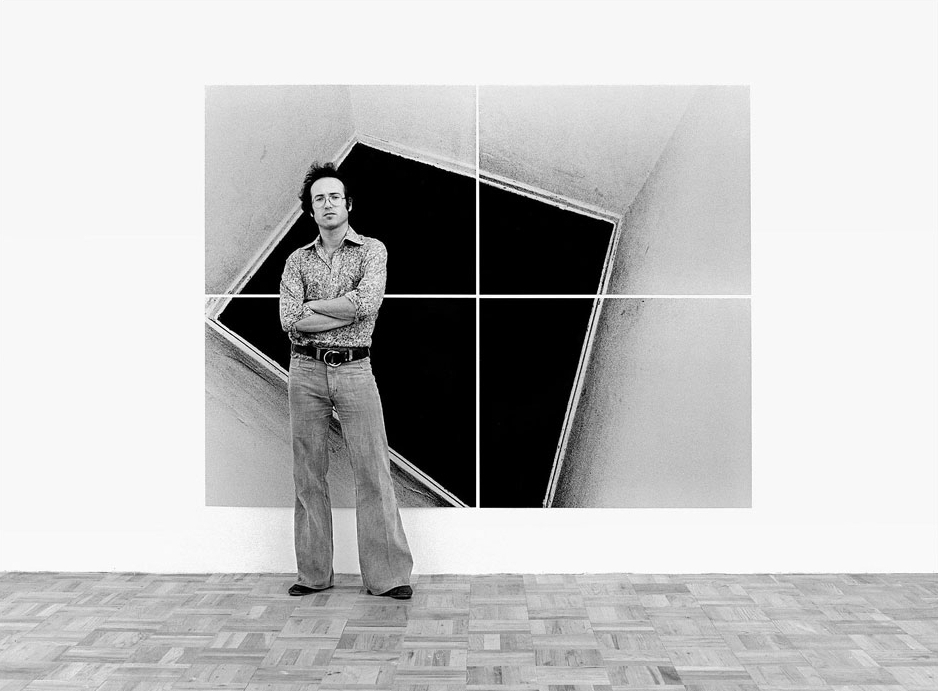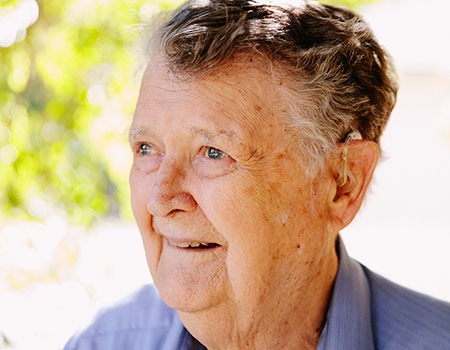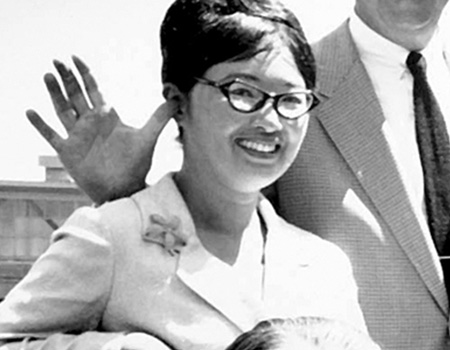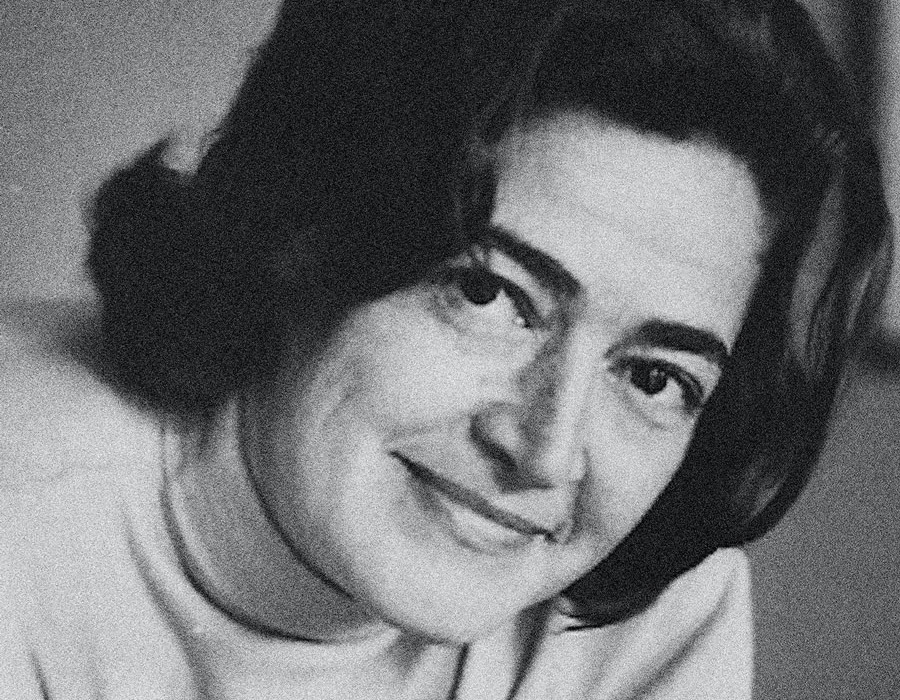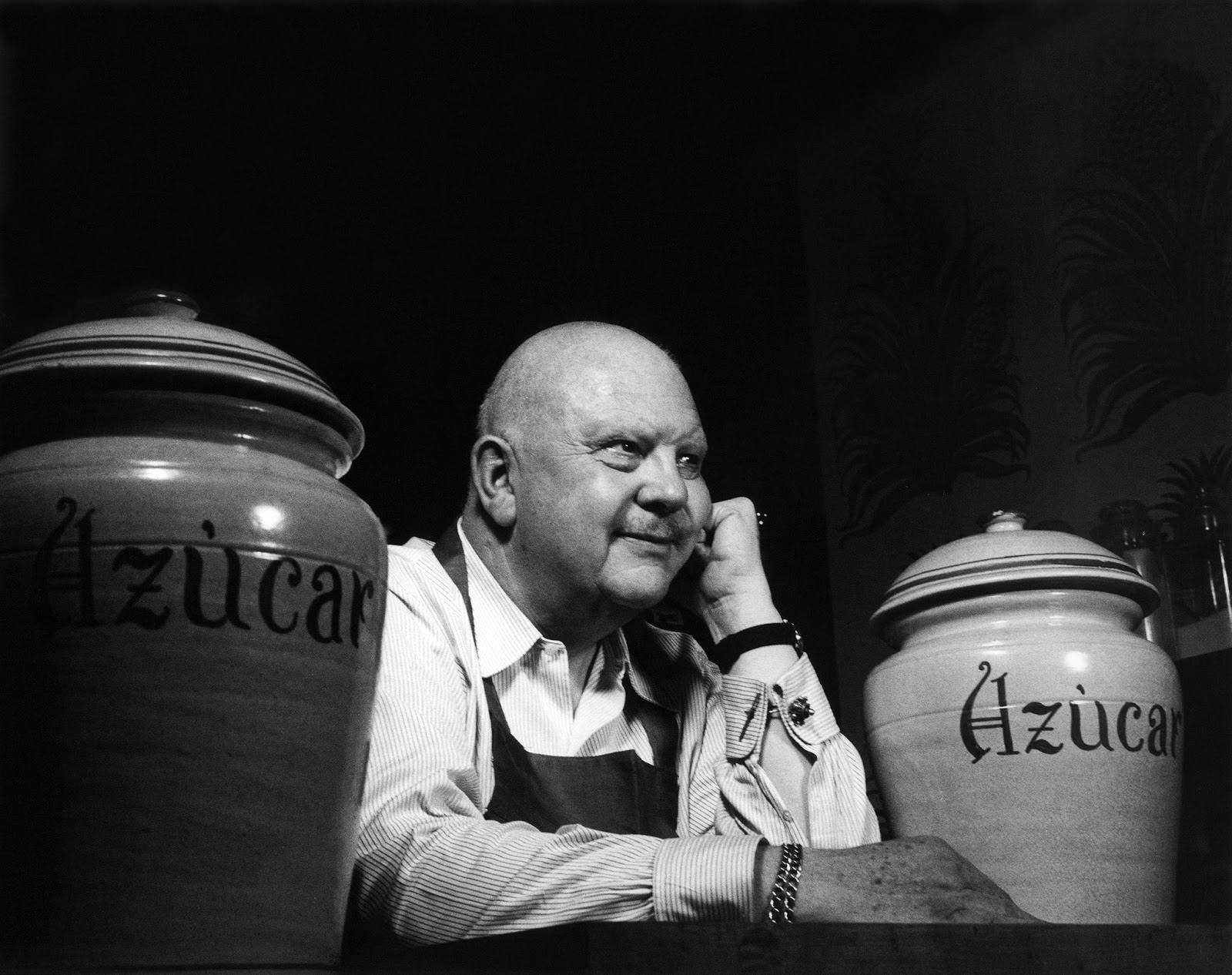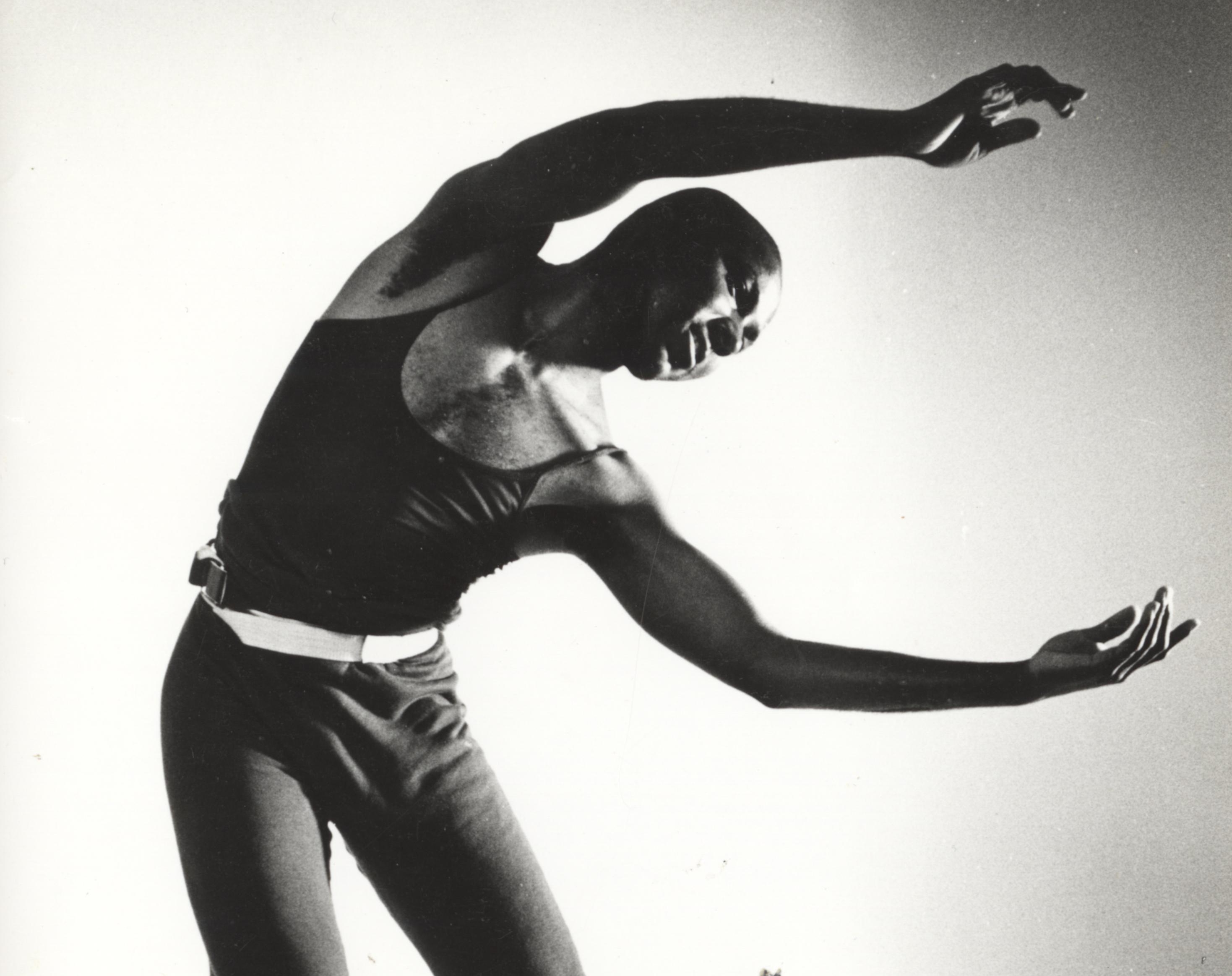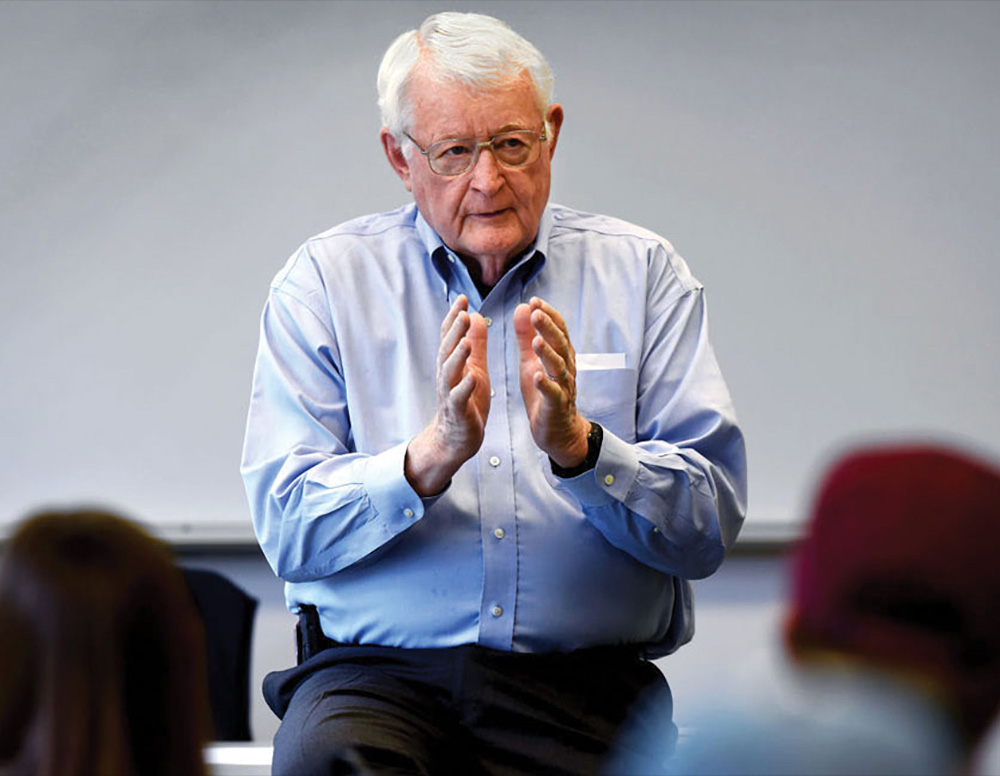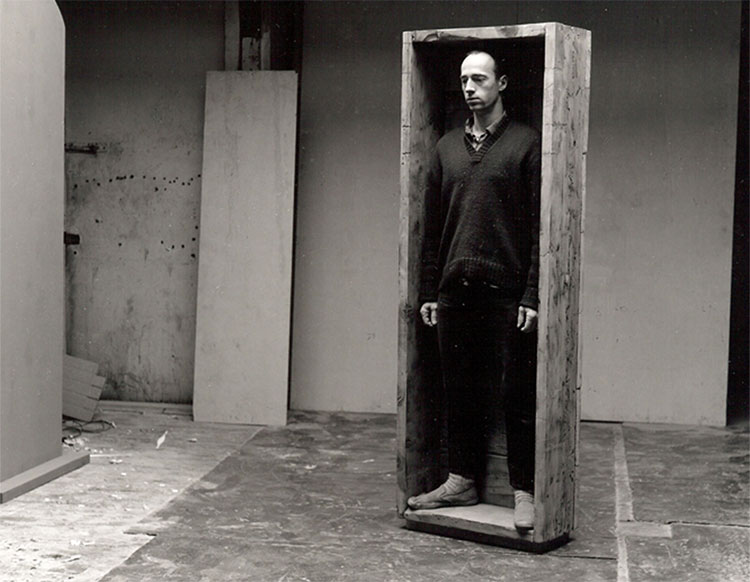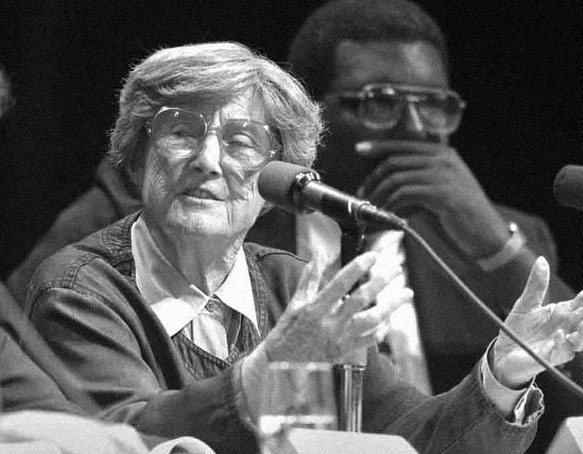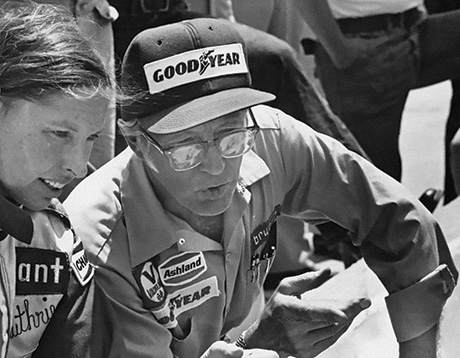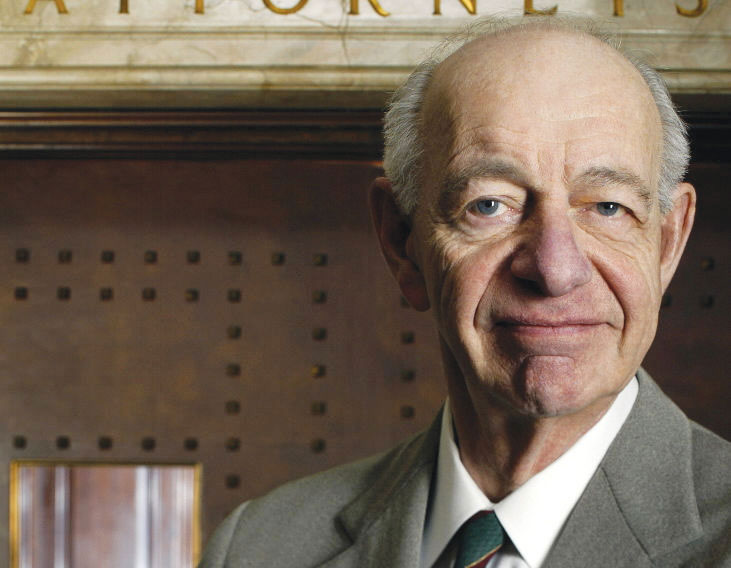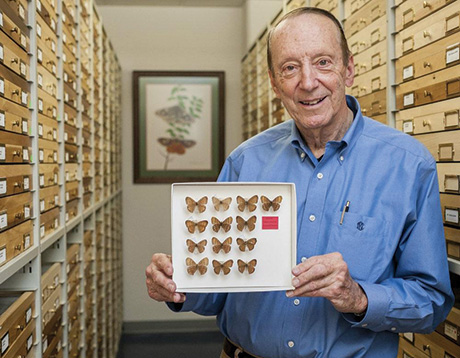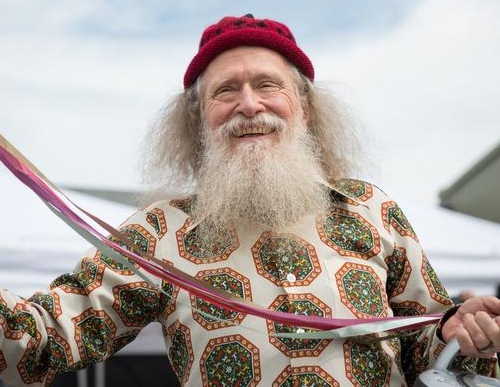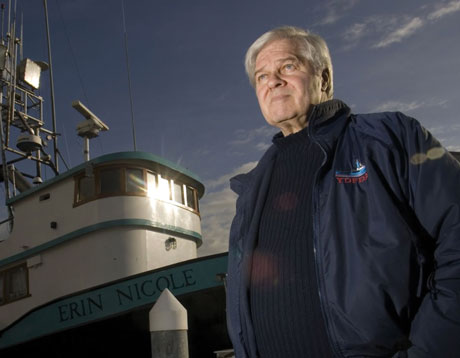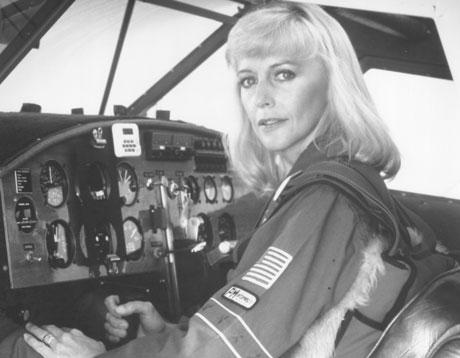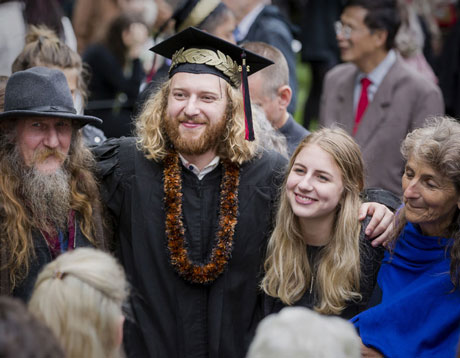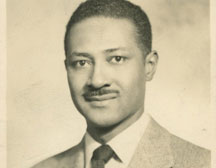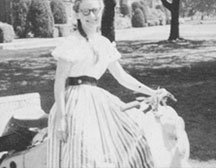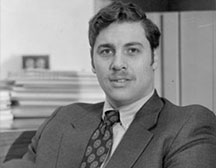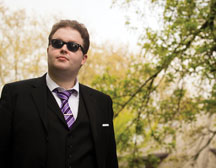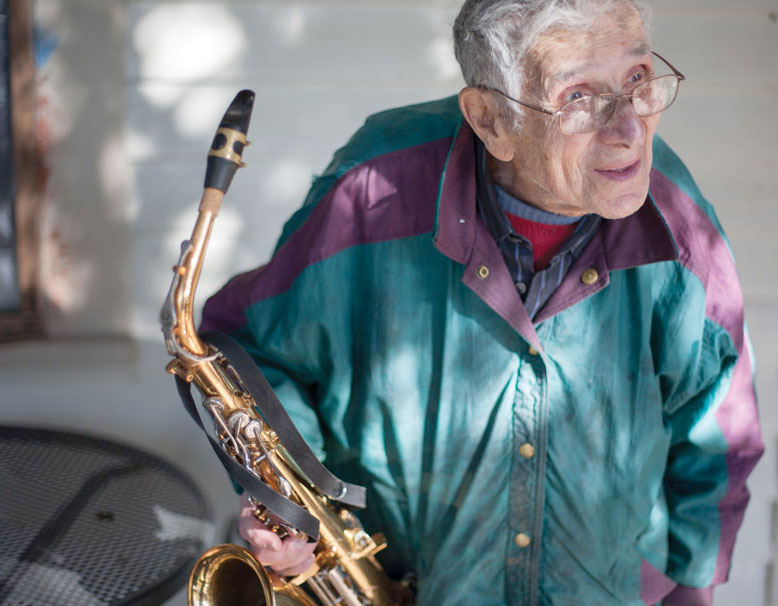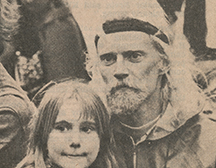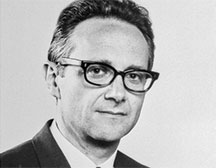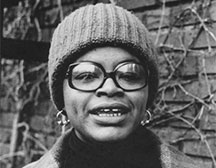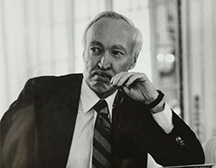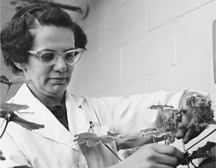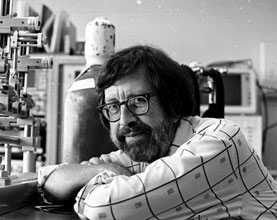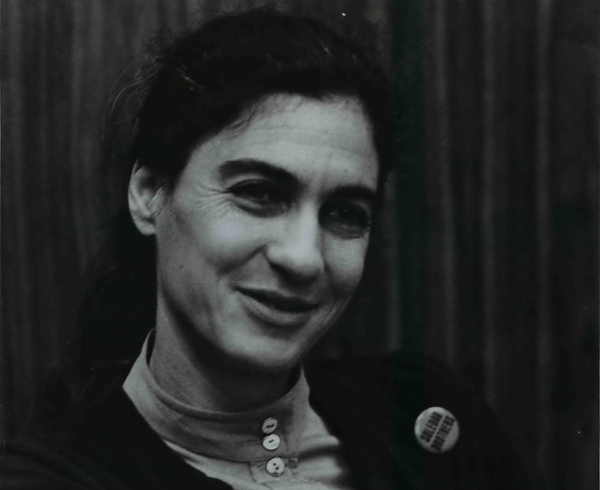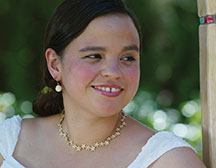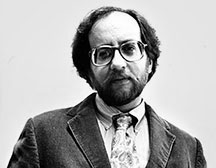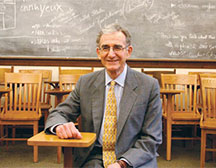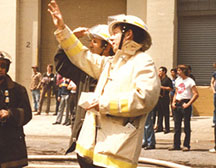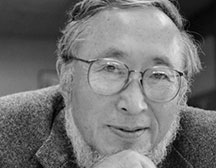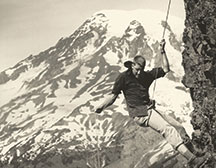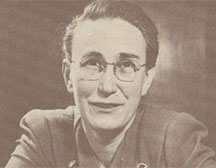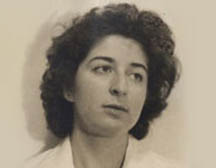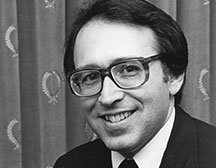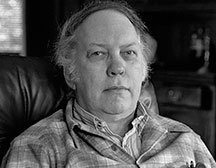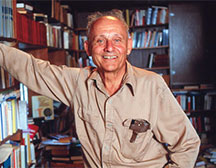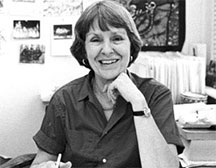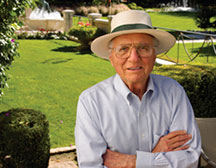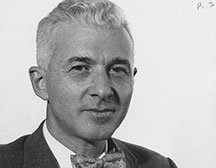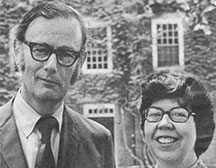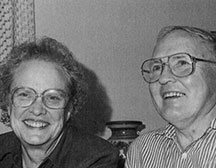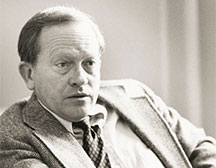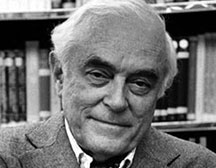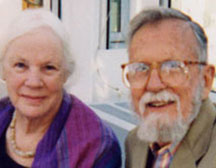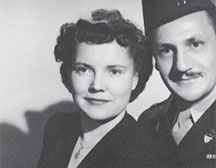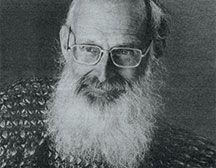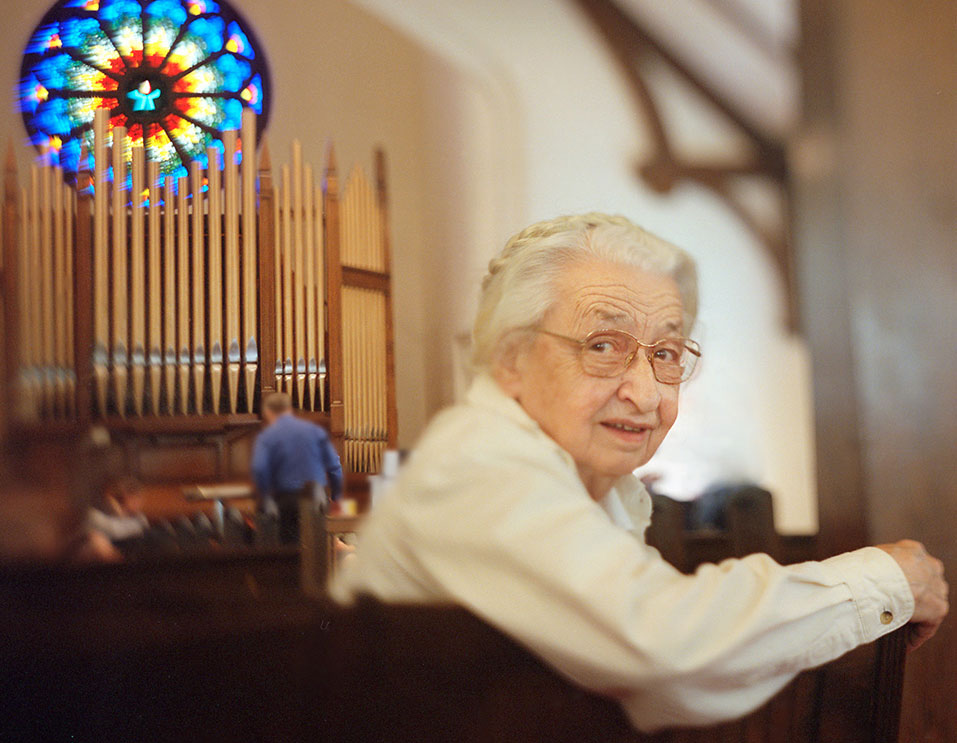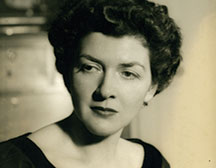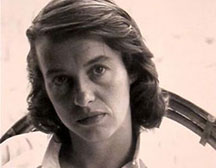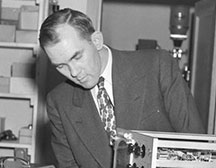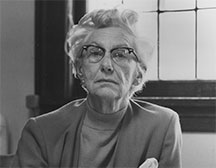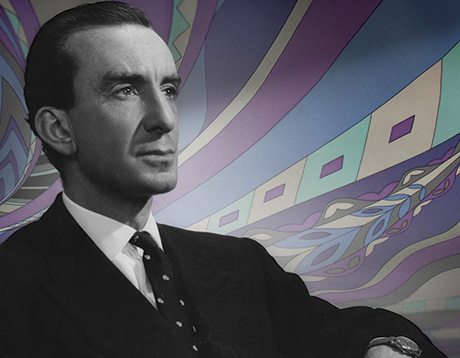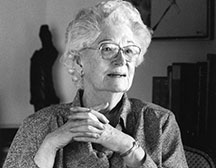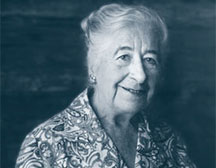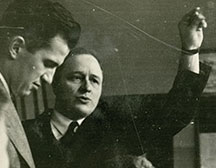Christopher Ray ’57
December 5, 2021, in Norwood, Pennsylvania.
When Christopher died just short of his 87th birthday, a friend noted, “it was like a great tree in the forest has fallen, or a column in the Parthenon.” For 49 years, he had been tucked away in an old house near Crum Creek Woods. There, he and his wife raised three daughters in a tree-filled oasis where pets roamed free amidst an ever-growing sculpture garden. Within the walls of his vast studio—equipped with overhead pulleys, tools, and heavy machinery—Chris fashioned exhibitions on prehistoric life, aerospace technology, economics, physics, electricity, ethnology, and Egyptian and Chinese culture as strains of classical music played in the background.
Chris enjoyed a Huck Finn childhood in Westport, Connecticut. As the son of landscape architects Jo and Eloise Ray, he went sailing with his father, collected hermit crabs, and got up to mischief with friends.
At Reed, he wrote his thesis, “The Paper Chromatographic Analysis of the Retinal Reflecting Pigment Layer in the Crayfish Astacus trowbridgii,” advised by Prof. Lewis Kleinholz [biology 1946–80]. After graduating, Chris curated natural science at a small museum in Scranton, Pennsylvania, where just for fun he founded a rocket society that still exists. He then fulfilled a childhood dream by working as a preparator at the famed American Museum of Natural History in New York City. Learning from the great muralists and diorama makers of the time, he created exhibitions that are still on display. He also ground lenses for the Hayden Planetarium (making the front page of the New York Times when he set up a telescope in front of the museum to view an eclipse), and worked with crabs in his own biology lab. In his free time, he took sculpture classes at the Art Students League.
The New York days concluded when Chris accepted a museum job in San Antonio, Texas; he went on to work for museums in Vancouver, Canada, and St. Paul, Minnesota. He returned east as director of exhibits at the Academy of Natural Sciences in Philadelphia. Eventually he formed his own firm, Ray Museum Studios, where he researched, designed, and built scholarly models for the Penn Museum of Archeology and Anthropology, including models of the Mayan city of Tikal in Guatemala; the Temple of the Sun in Pachacamac, Peru; an interpretive model of a Pompeiian house; and the Gordion citadel of ancient Turkey. He worked as a freelancer for a variety of clients, including the Delaware Museum of Natural History, Winterthur Museum, the United Nations building in New York, and the Philadelphia Flower Show, for which he created an exhibition of live bees in a hive.
Through it all, he never stopped sculpting, and his work was shown throughout the country. Among his dozens of indoor sculptures, many of them abstract, is a remarkably realistic horse head commissioned by the Assateague National Refuge visitor center; it was, he claimed, always looking at him. Some of his sculptures can be seen on cray-sculpture.blogspot.com.
Chris never lost his boyhood fascination with astronomy, and after joining the Antique Telescope Society, he developed a sideline of restoring large telescopes in various observatories around the country. He maintained Swarthmore College’s 24-inch telescope and did the restoration of its Calder mobile. On windy days, he could be seen ascending the grassy mound on which the mobile stands to free its tangled parts. As a contribution to the town of Swarthmore, he fashioned a quaint kiosk for the posting of announcements.
Chris wrote poems resplendent with cosmological images and witty concepts and was an incorrigible prankster. He loved solving puzzles and reading books from the golden age of mystery writers. A compelling storyteller, he regaled people with adventures of being robbed by bandits on the coastal desert of Peru, climbing Mount Hood, and leaping into his car to escape a charging rhino. His cat, Pumpkin, regularly escorted him up Elm Avenue, and neighborhood dogs knew he always had a pocketful of doggie bones. He is survived by his wife, Brit, and their daughters, Waverly, Wendelin, and Vanessa.
Appeared in Reed magazine: June 2022
comments powered by DisqusFrom the Archives: The Lives they Led
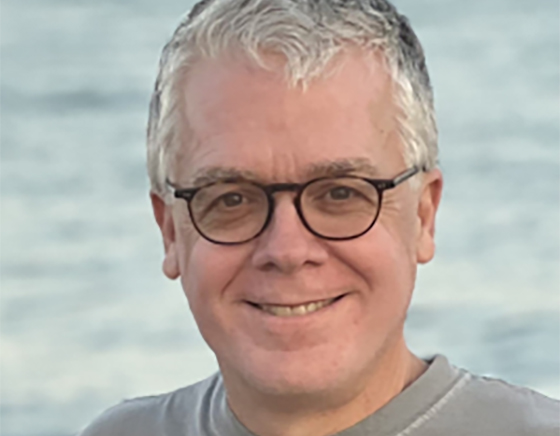
Frederick Dushin ’86
Frederick, an architect and software developer, embodied the intellectually adventurous spirit of Reed throughout his life.
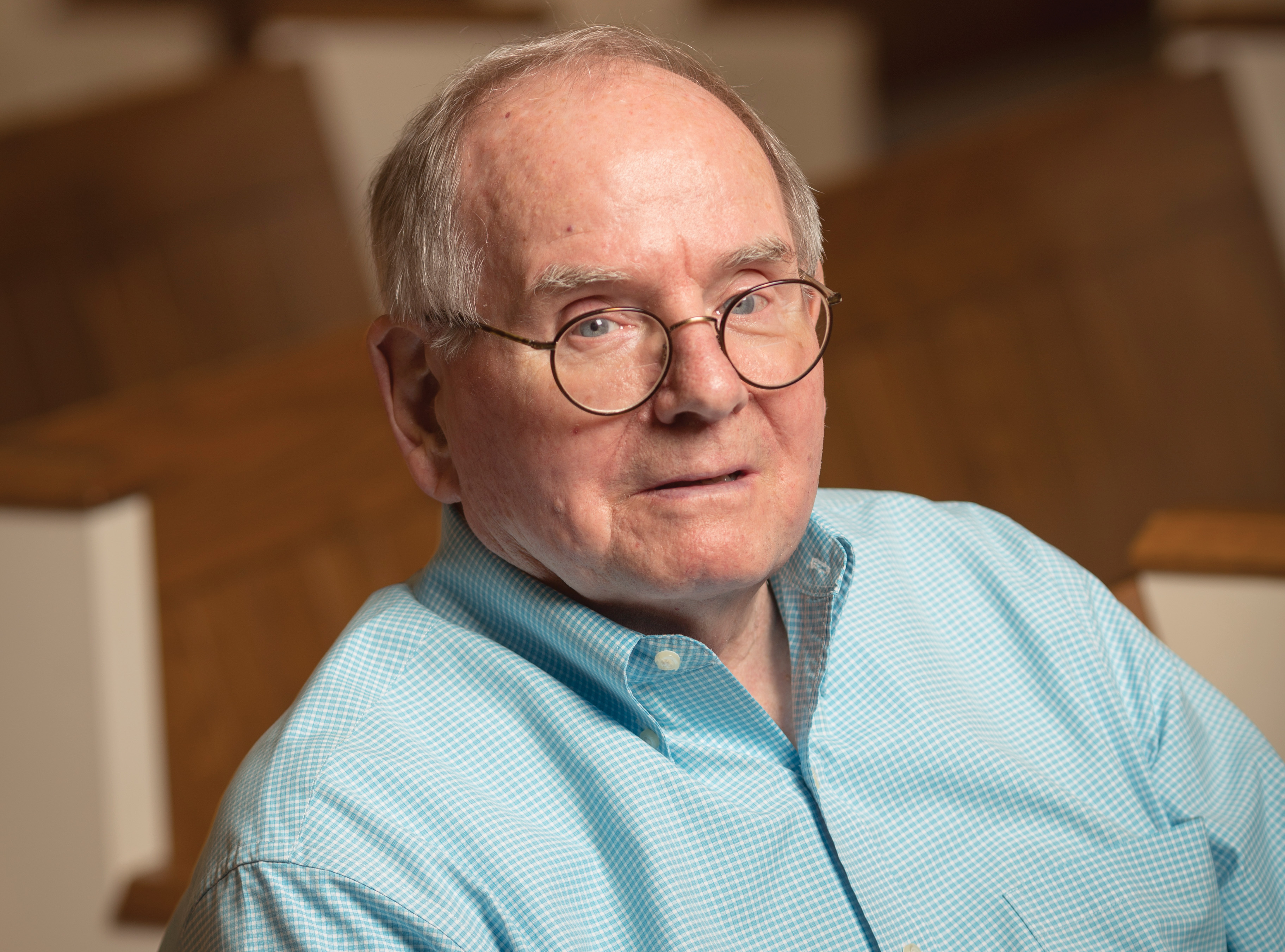
William Haden
As acting president of Reed from 1991 to 1992, William “Bill” R. Haden worked to strengthen Reed’s finances and improve alumni relations.
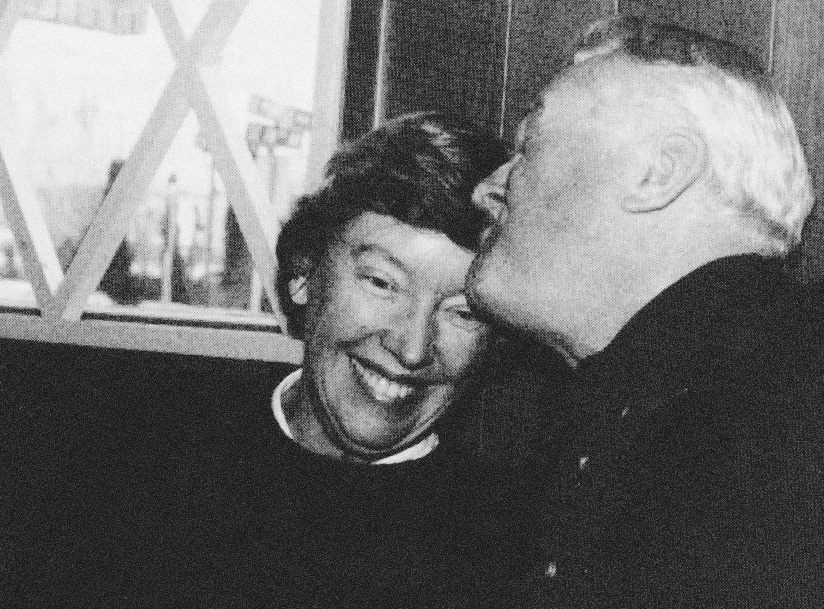
Nancy Horton Bragdon
Reed’s First Lady Whose Warmth and Leadership Were Invaluable During a Turbulent Time

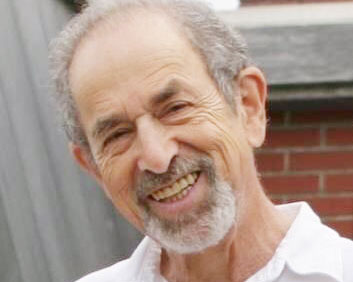
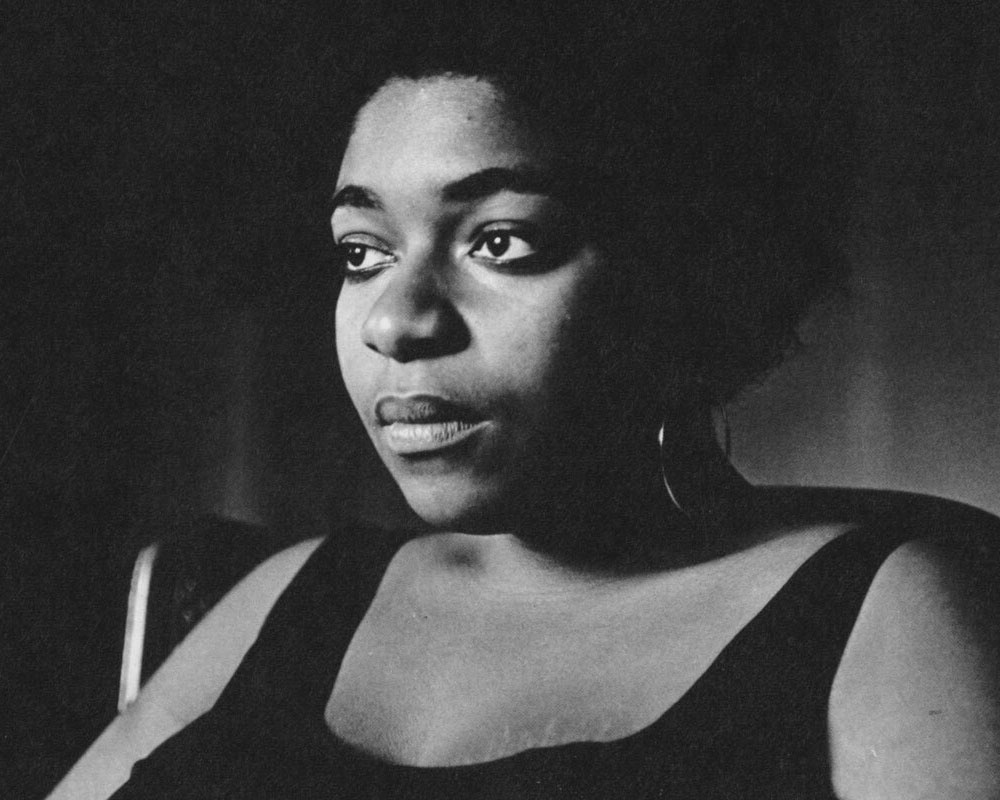
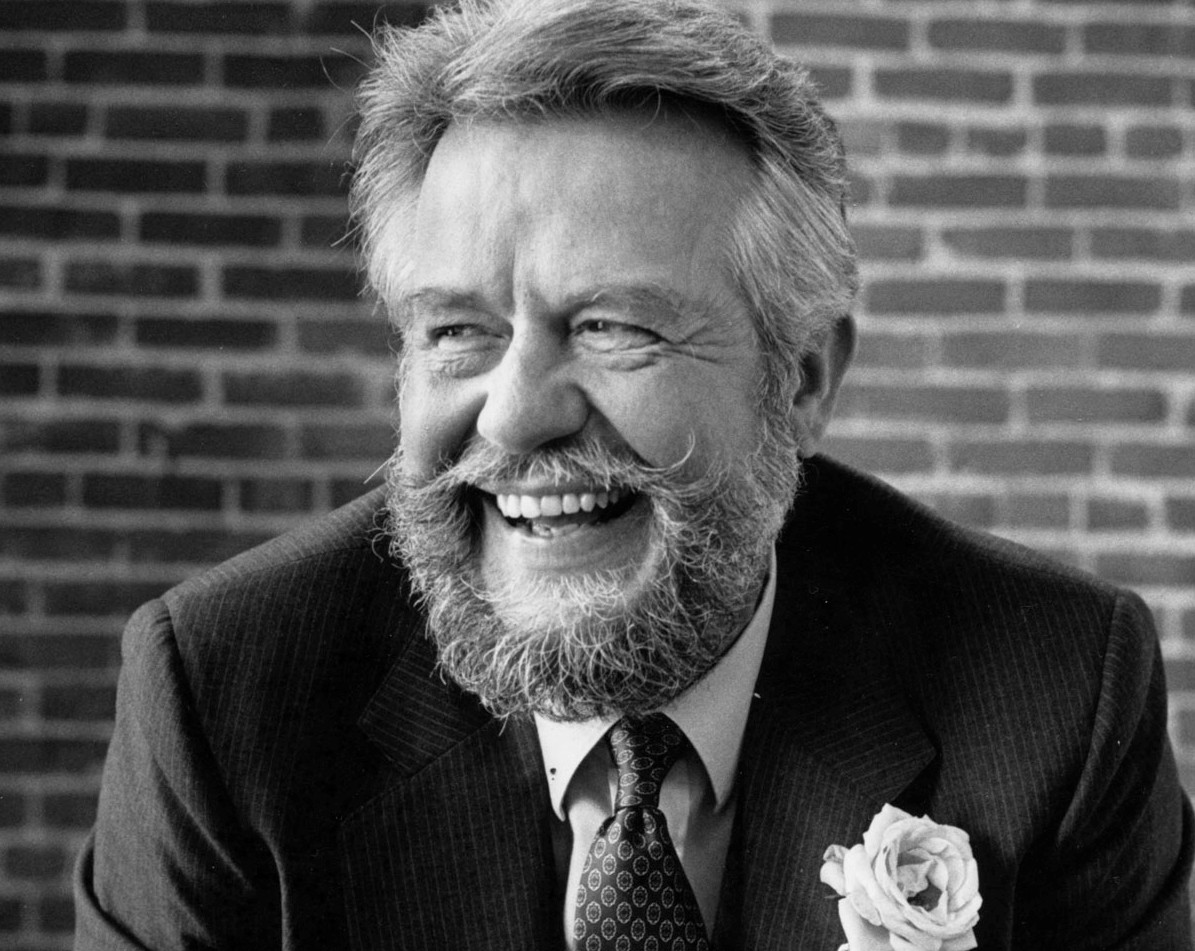
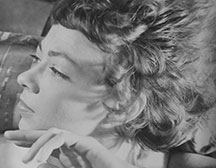
![Photo of Prof. Marvin Levich [philosophy 1953–94]](https://www.reed.edu/reed-magazine/in-memoriam/assets/images/2022/LTL-levich1.jpg)
![Photo of President Paul E. Bragdon [1971–88]](https://www.reed.edu/reed-magazine/in-memoriam/assets/images/2020/Bragdon.jpg)
![Photo of Prof. Edward Barton Segel [history 1973–2011]](https://www.reed.edu/reed-magazine/in-memoriam/assets/images/2020/Segel.jpg)
